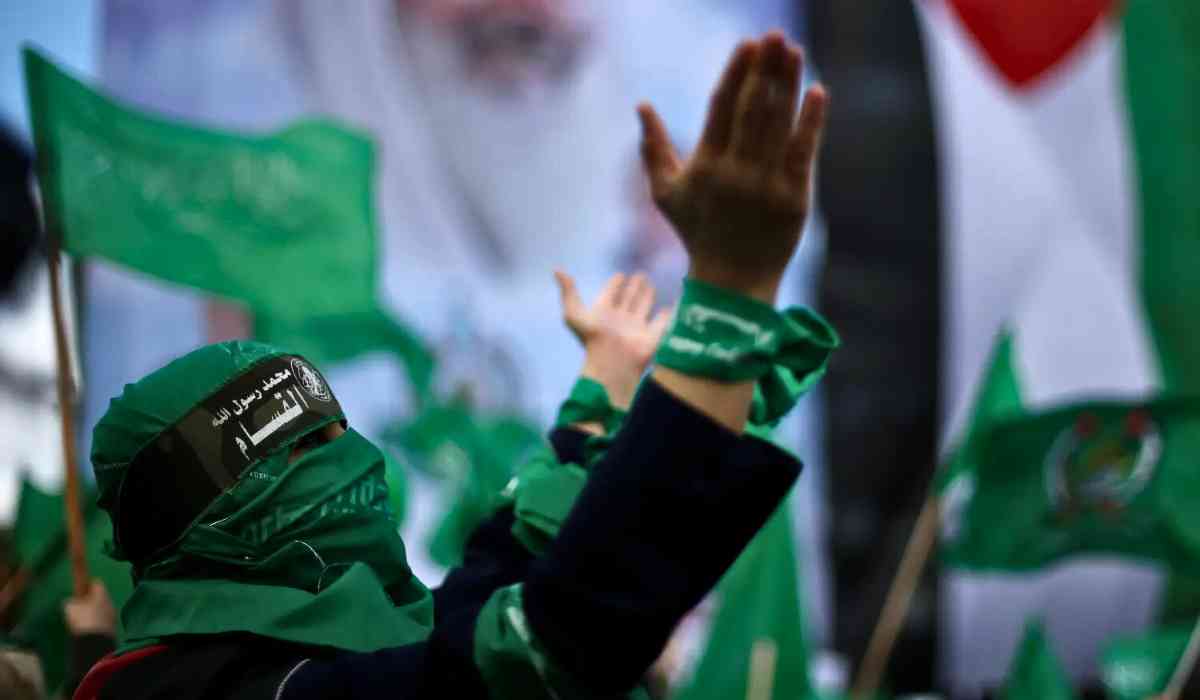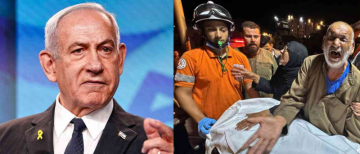The latest chapter in the long-running conflict between Israel and Hamas has seen a familiar pattern: a proposed ceasefire deal is announced, one side accepts it, and the other rejects it. In recent days, Hamas claimed to have accepted a new ceasefire agreement, but Israel quickly dismissed it, saying “no government could accept it”. This back-and-forth is just the latest twist in a story that has stretched for months—and in some ways, for decades.
What Happened?
According to reports, mediators from countries like the United States, Egypt, and Qatar have been working hard to bring both sides together. The deal that Hamas said it accepted included a 60-day truce and the release of 10 living Israeli hostages, as well as the remains of 16 more. For Hamas, this was a chance to pause the fighting and get some relief for people in Gaza. For Israel, however, the terms were unacceptable. A senior Israeli official made it clear: “No Israeli government could agree to it”.
Why Does This Keep Happening?
This is not the first time a ceasefire deal has been proposed, accepted by one side, and rejected by the other. In January 2025, both Israel and Hamas agreed to a ceasefire that lasted for several weeks. That deal was supposed to happen in three stages: first, a pause in fighting and the release of some hostages and prisoners; second, talks for a longer peace; and third, a plan to rebuild Gaza. But even that agreement was shaky. Both sides accused each other of breaking the rules, and the fighting started up again.
What Is the Deal Supposed to Do?

The main goal of these ceasefire deals is to stop the fighting, at least for a while. They also aim to get Israeli hostages back home and to help people in Gaza get more food, medicine, and other supplies. Sometimes, the deals include plans to let people who had to leave their homes return, and to start rebuilding areas that have been damaged by the war.
But making and keeping these deals is very hard. Both sides have lost many people, and there is a lot of anger and mistrust. Each side wants to make sure that it is not giving up too much, or getting tricked by the other.
What Do People Think?
People around the world are watching closely. Many hope that a ceasefire will mean less suffering for civilians, especially children, who are caught in the middle. Others worry that without a real peace, the fighting will just start again, as it has many times before.
In Gaza, people are tired of war. They want to be able to live their lives, go to school, and see their families without fear. In Israel, many people want to feel safe from attacks and to know that their loved ones who were taken hostage will come home.
What Does This Mean for the Future?

It is hard to say what will happen next. The two sides are still far apart, and each new proposal seems to bring new disagreements. Mediators keep trying, but so far, nothing has lasted for long.
From a neutral perspective, it is clear that both sides have deep wounds and strong reasons for their positions. Israel wants to protect its people and make sure that Hamas cannot attack again. Hamas wants to end the blockade of Gaza and get more rights for Palestinians. Neither side wants to look weak, and both are afraid of what might happen if they give in.
Why Is This Important for the World?
The conflict between Israel and Hamas is not just a local problem. It affects people all over the world. Many countries worry about what might happen if the fighting spreads. Others are concerned about the suffering of civilians, or about the effect on world peace.
The way the news is reported also matters. Some people say that the media sometimes takes sides, or does not tell the whole story. That can make it even harder for people to understand what is really going on.
What Can Be Learned from This?

The latest “thumbs up, thumbs down” moment shows how hard it is to make peace in a place where there is so much history of conflict. It also shows how important it is to keep trying, even when it seems impossible.
For kids and adults alike, this is a lesson in patience, understanding, and the need to listen to both sides. It is also a reminder that real peace takes more than just a piece of paper—it takes trust, courage, and a willingness to forgive.
Looking Ahead
As of now, there is no new ceasefire in place. The fighting continues, and people on both sides are suffering. The world is watching and hoping that, one day, both sides will be able to put down their weapons and find a way to live together.
Until then, the story of Gaza’s ceasefire deals—where one side says yes and the other says no—will likely repeat itself. But each time, there is a chance, however small, that a real peace might be possible.
With inputs from agencies
Image Source: Multiple agencies
©️ Copyright 2025. All Rights Reserved. Powered by Vygr Media.
























